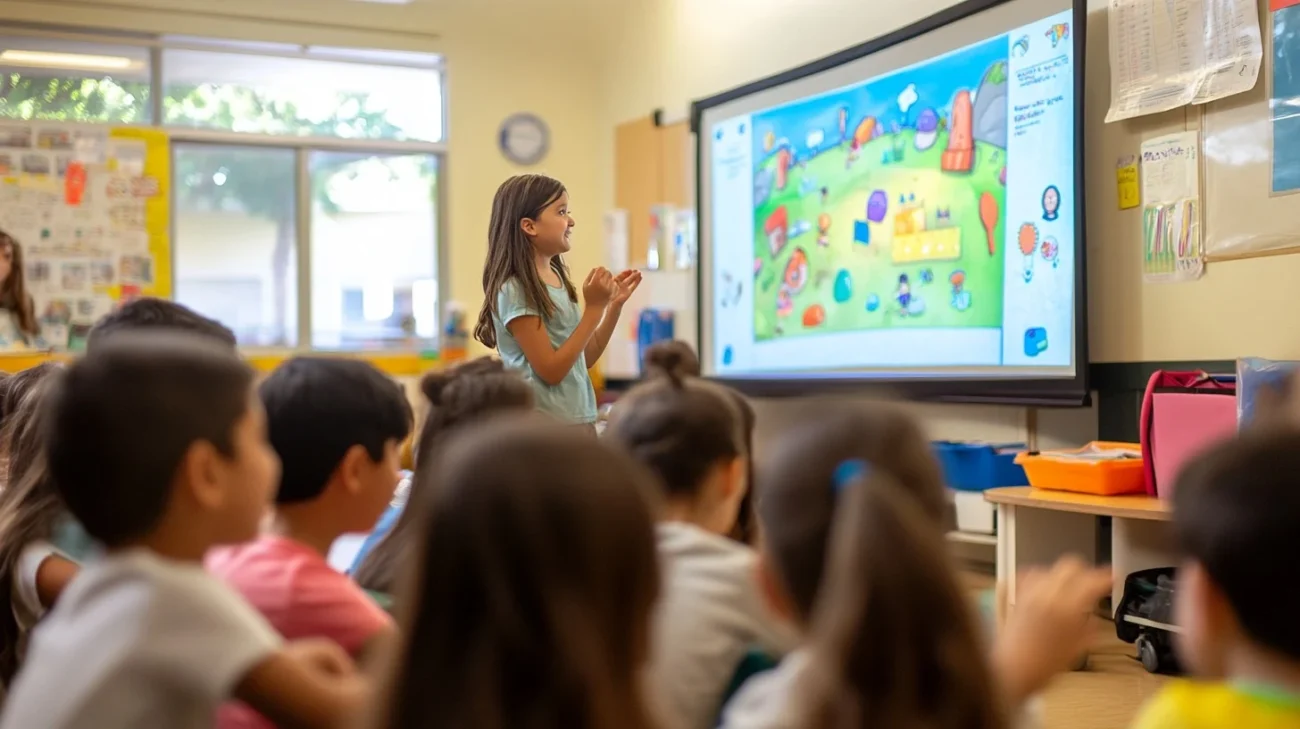In today’s fast-evolving educational landscape, classroom management extends beyond the traditional physical spaces. With the rise of digital, virtual, and hybrid classrooms, educators face new challenges and opportunities in engaging students effectively, maintaining discipline, and creating an inclusive learning environment. Successfully navigating this digital era requires innovative strategies tailored to online and blended settings. This article explores modern techniques that help teachers manage virtual and hybrid classrooms with confidence and creativity.
Understanding the Digital Classroom Shift
The shift to digital and hybrid classrooms has transformed how education is delivered. Virtual classrooms rely on digital platforms where teaching and learning occur entirely online. Hybrid classrooms combine in-person and online learning, engaging students located both physically in class and remotely via technology. Both models demand new classroom management approaches that emphasize clear communication, active participation, and the use of technology to enhance interaction and oversight.
Key Challenges in Digital Classroom Management
Managing virtual and hybrid classrooms involves unique challenges such as sustaining student focus amid digital distractions, balancing engagement between remote and in-person students, ensuring equitable participation, and using digital tools effectively. Teachers must also monitor student behavior with fewer physical cues and foster a supportive yet structured environment that motivates and manages learning.
Modern Strategies for Virtual Classroom Management
Set Clear Expectations and Guidelines
Virtual classrooms thrive on clear rules about behavior, participation, technology use, and assignment deadlines. Teachers should establish these expectations early and revisit them regularly, helping students understand the framework within which learning occurs. Providing a course contract or rule book can reinforce accountability.
Use Visual and Digital Cues
In online settings, visual signals can guide students seamlessly through lessons. For instance, icons on a shared screen can indicate when to write, raise questions, or take a break. Developing these intuitive cues helps maintain flow and reduces confusion, making lessons more interactive and engaging.
Flip the Classroom Approach
Leveraging the digital format, educators can flip lessons by sending recorded lectures for students to watch on their own time. Live sessions then focus on problem-solving, discussions, and activities, maximizing real-time interaction and engagement. This approach caters to diverse learning paces and styles.
Leverage Interactive Tools and Gamification
Polls, quizzes, breakout rooms, and gamified challenges actively involve students, transforming passive learners into engaged participants. Platforms like Zoom, Kahoot!, and Google Forms facilitate these interactive experiences, promoting collaboration and reinforcing understanding through fun, competitive elements.
Manage Distractions Proactively
Distractions like open tabs, phones, and background noise can derail virtual learning. Start classes by asking students to minimize distractions and create a dedicated learning space. Establish “focus modes” or app restrictions where possible and use tools to monitor engagement.
Maintain Strong Communication and Rapport
Regular check-ins, virtual office hours, group chats, and personalized feedback foster connection and trust. Encouraging students to voice concerns and participate in discussions reduces isolation and creates a vibrant digital community.
Effective Classroom Management in Hybrid Settings
Balance Attention Between Remote and In-Person Learners
Hybrid classrooms require teachers to engage and support both groups equitably. Using dual screens, quality audio-visual equipment, and interactive software ensures remote students are seen and heard clearly alongside those in the classroom.
Create Flexible Group Work and Breakout Sessions
Hybrid setups benefit from technology that supports breakout rooms, enabling mixed groups of onsite and remote students to collaborate on projects. This fosters peer learning, keeps all students active, and supports social connections despite physical distance.
Leverage Learning Management Systems (LMS)
Platforms such as Google Classroom, Moodle, or Blackboard organize lessons, track progress, and facilitate communication, providing a centralized hub for all students regardless of location. They support personalized learning paths and timely feedback.
Implement Clear, Consistent Routines and Signals
Develop routines that work seamlessly across settings, like digital hand-raising or visual cues, so all students understand classroom signals. Consistent structure helps students navigate hybrid environments with confidence.
Use Technology to Streamline Administrative Tasks
Leverage AI-powered tools for grading, assessments, and attendance to reduce teacher workload. Automating routine tasks frees educators to focus on teaching and student engagement.
Emphasize Empathy and Flexibility
Recognize the diverse circumstances students face in hybrid setups, and build flexibility into schedules and participation methods. Foster an inclusive atmosphere that values each student’s contributions equally.
Constructive Engagement and Feedback
Personalize support by using feedback loops and student input to adapt teaching strategies. Meaningful interaction boosts motivation, reduces hesitation to ask questions, and helps overcome digital learning barriers.
Encourage Recognition and Rewards
Celebrate student achievement through digital badges, shout-outs, or awards to motivate and build a positive learning culture.
Conclusion
Classroom management in the digital era requires blending traditional educational principles with new-age technological tools and strategies. By setting clear expectations, fostering active engagement, leveraging interactive technology, and maintaining equitable inclusion in hybrid settings, teachers can create dynamic, effective learning environments. Constructive communication, empathy, and continuous adaptation remain central to success in virtual and hybrid classrooms.
As education continues to evolve, embracing these modern strategies will empower teachers to inspire and connect with their students—no matter where learning takes place.
Ready to transform your virtual or hybrid classroom? Start implementing these strategies today and watch student engagement and success soar!

